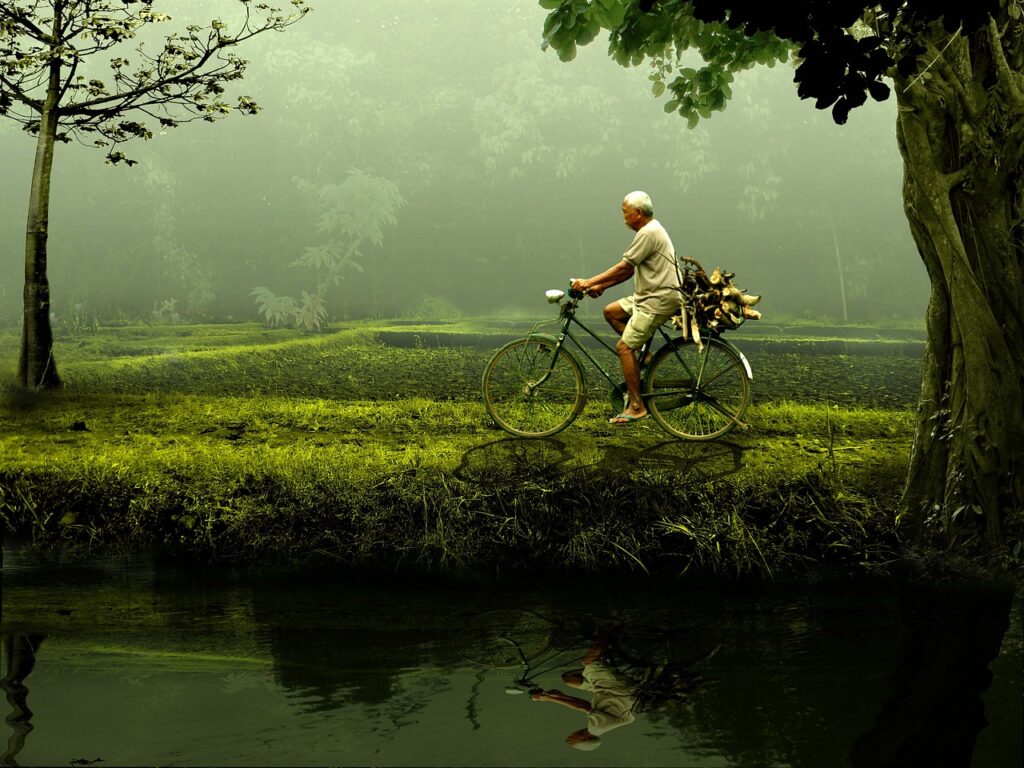Oil Paintings Arcagallerdate: The Spartan Blueprint
1. Landscape—Rigor Over Randomness
Compelling landscape oils build depth with value, not piling on detail. Foreground, middle, and far space are mapped before color even hits the brush—composition is everything. Palette discipline rules: most great landscapes use three to four main hues, building atmosphere with controlled mixing. Light and shadow are blocked early, then adjusted as layers dry; “alla prima” (wetinwet) is a skill, not an excuse for blur.
Routine: Paint from broad mass to sharp edge—never stuck in “pretty picture” mode.
2. Portrait—Essentials Before Likeness
Start with gesture and proportion, not features. The center line, tilt, and anchor of the head set the portrait’s discipline. Oil means layering: blockin underpainting (raw umber, burnt sienna) before color, building flesh with thin glazes and then opaque highlights. Edge control: sharp where the attention must go (eyes, lips), soft everywhere else. Authenticity trumps flattery—oil paintings arcagallerdate spot effort over mere image.
A good portrait breathes; a disciplined one lingers.
3. Impressionism—The Routine Behind Speed
Impressionism is not an excuse for sloppiness. Each stroke is a note—placed, loaded, and left alone. Color is direct—applied as seen, not mixed muddy on the palette. The best impressionist oils start and finish on site—direct from eye to hand, an hour at most for first draft. Routine: Sketch first in charcoal, plan values, then commit. Review postsession for editing, not endless overpainting.
For oil paintings arcagallerdate, modern impressionist displays spotlight process sketches and timelapse for context.
4. Framing, Mounting, and Light—Built for Longevity
Only use archival mounting—acidfree, sealed backs, and strong wire or Drings. Light gently but strongly: 5000K LEDs, even no UV, reveal color accuracy; never direct sunlight or hot aging tungsten. Position at eye level (center 58–62 inches), adjust for room flow.
No shortcuts; showcase equals preservation.
5. Documentation for Collector and Curator
Tag each work: Title, year, dimensions, medium, and unique backofcanvas ID. Optional: palette, method, and sketch source. Log exhibition history, awards, and sale/loan notes with each piece. QR code on the wall for digital viewer—bio, process, and sales inquiry.
Disciplined recordkeeping is as vital as brushwork.
Curation Routine—Oil Paintings Arcagallerdate in Action
Exhibitions build a narrative: landscape to portrait, impressionist to realist, or by color/element. Avoid wall clutter—oil needs air. Each painting spaced for visual rest, not just fit. Anchor room with one large, statement piece; move from calm to energy, silence to movement.
Routine: Prehang galleries test three layouts, audit flow, adjust light and information for a seamless experience.
For Artists: Daily/Weekly Process
Paint or sketch daily—even if just a 10minute value blockin. Layering: Day one for underpainting, thin glazes as dry, impasto or finishing strokes only when satisfied with mass and light. Review old works; edit, repaint, or cut as skills develop. Submit to juried shows, keep rejection/success logs for each piece.
Routine outlasts motivation.
For Collectors: Acquisition and Display
Audit for color, composition, and narrative consistency—don’t buy on impulse. Ask about process: watch for evidence of planning, layering, and palette control. Rotate hanging—move works seasonally for light change and surface health.
Tech in Arcagallerdate Galley Experience
Digital viewer kiosks: compare pieces, overlay initial sketches, highlight artist routines/process. Virtual exhibitions for broader reach; strict condition monitoring for remote display.
Routine means every gallery piece is logged, monitored, and cared for.
Pitfalls to Banish
Overworking oil—keep layers open, avoid “dead” thick paint without form. Cramming small works to fill space—edit, then reedit. Poor lighting or framing—kills color and brushwork in seconds.
No “good enough”—routine and correction build true legacy.
Conclusion
Oil painting remains the ultimate test of patience and routine—a medium that punishes shortcuts, rewards bold planning, and exposes halfmeasures. From landscape to portrait, impressionist to modern, oil paintings arcagallerdate brings this process into clean focus: sharp selection, rigorous preparation, and disciplined display. Outlast fads, outexecute chaos, and let your walls—and your portfolio—build lasting memory, built and reviewed every day. Routine is the path; discipline is the difference.


 Gabrielo Bradfordsicker specializes in adventure routes, budget travel planning, and destination hacks that make trips smarter and more memorable. His guides on Arcagallerdate help travelers save money, travel safer, and find unforgettable experiences off the beaten path.
Gabrielo Bradfordsicker specializes in adventure routes, budget travel planning, and destination hacks that make trips smarter and more memorable. His guides on Arcagallerdate help travelers save money, travel safer, and find unforgettable experiences off the beaten path.